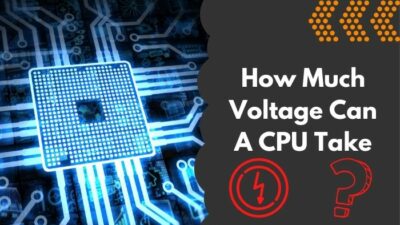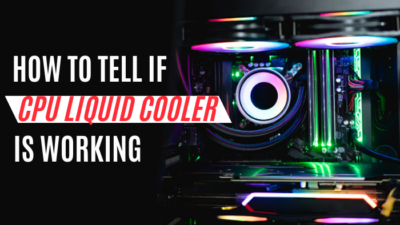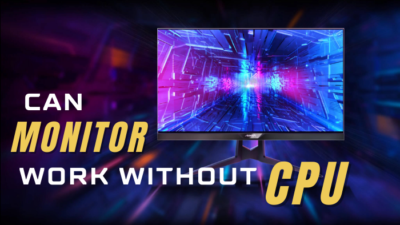You may wonder how the PC can remember the current time even though it’s switched off. Well, it’s the tiny, shiny little CMOS battery on your motherboard that keeps track of the time.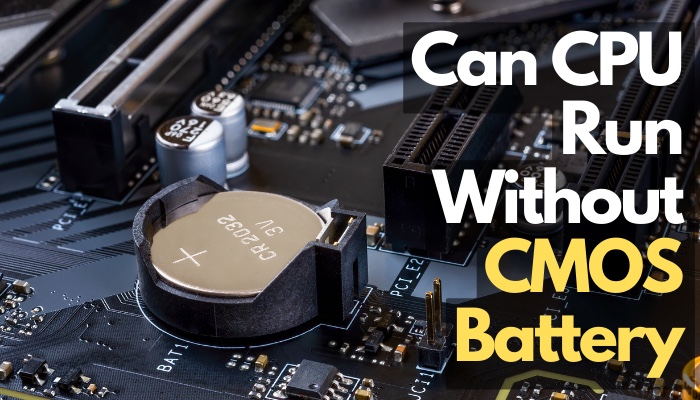
But as CMOS is a part of the motherboard, will the PC boot without the battery?
In this article, you’re about to know why there’s a battery in the first place, the possibility to run without it & its missing effects. Let’s dive in.
Why There is a CMOS Battery in a PC?
Complementary Metal Oxide Semiconductor (CMOS) battery is one kind of coin-lookalike chip that stores RTC (Real Time Clock) along with BIOS configurations. When the PC is not turned on, this battery delivers a bit of power to the CMOS.
The intent is to keep the clock running while a wall socket does not power the PC. Additionally, this battery also saves BIOS settings, including boot sequence, memory settings, voltages, overclock settings, etc.
The question can arise, as the PC is running on electricity, then why does it need a battery?
The mostly used CR2032 lithium CMOS battery supplies a tiny static power to preserve the BIOS memory between each reboot of the system. That way, the BIOS can remember all the configurations & intact the time.
However, modern systems use flash memory to store the BIOS settings though to update the real-time, you will still require the battery.
CMOS operates like a car battery 一the radio & clock will go back to defaults when the battery gets unplugged. FIY, to clear CMOS, you can take out the battery. It resets the BIOS by clearing bugs and glitches.
As a result, you have to set back all the settings again. Similarly, if there is no CMOS, you will have to set the time & settings every time you boot into the system.
But as these are after-boot problems, can you proceed to the system without having a CMOS battery? Continue reading to know more about this.
Can a CPU Start Without a CMOS Battery?
The CMOS Battery is present to keep the real-time clock running & save the BIOS settings. But without it, can a PC run?
Apparently, Yes, your PC will boot without any major issues with the absence of a CMOS battery. The main trouble will be the wrong clock time on Windows & default BIOS configurations. Additionally, even if you save some settings in BIOS, during the next boot it won’t remember anything.
The 3V battery is there to power the CMOS to run the clock while there is no electricity. The computer will perform normally without the battery, but it leads to the wrong time & factory BIOS settings.
Speaking of factory default BIOS settings, if the boot order mismatch with your OS-installed storage drive, it can lead to no boot device found error. In this case, your booting chance will be at stake. Read along to know the consequences of no CMOS battery.
What are the Effects of CPU Booting Without a CMOS Battery?
As already mentioned, your clock will be reset & all BIOS adjustments will be set to factory values. Though you can change the time after boot, your boot can halt for the consequences of factory BIOS settings.
If there is only a single storage drive, then there is no stress. However, having multiple drives can strain you a bit.
Following this, if only one of the drives has the main operating system installed, then it can lead to a headache. The reason is the system will fail to find the bootloader & show disk boot failure.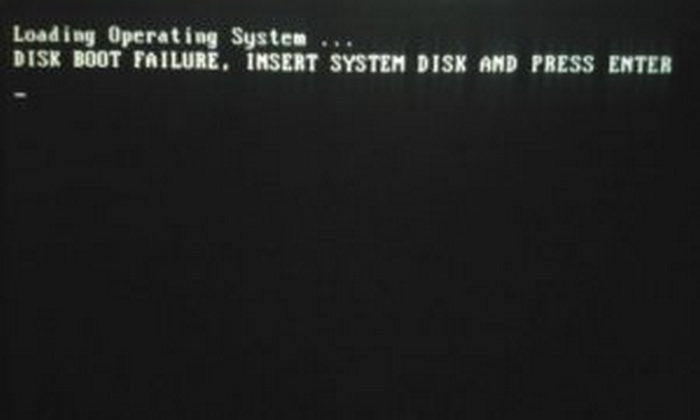
To get rid of this, usually, you will have to plug the OS-installed drive into the 1st slot of the SATA port. As the first slot works as the default slot, it should work like a charm.
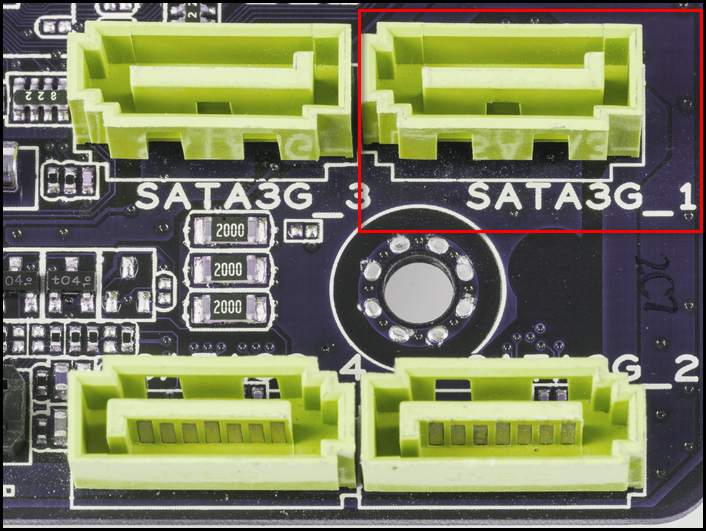
Alternatively, if you can get into BIOS, change the boot order & select the drive with the OS installed. But, remember that even though the motherboard boots without the CMOS battery, you will need to do it every time, as nothing is there to save the changes.
Here are some effects of the lack of a CMOS battery:
- Inaccurate time & date.
- The keyboard or mouse may not function.
- Disk boot failure.
- Password restore.
- Apps or websites may not work due to the wrong time.
Some websites block you for having the wrong date & time for security purposes. 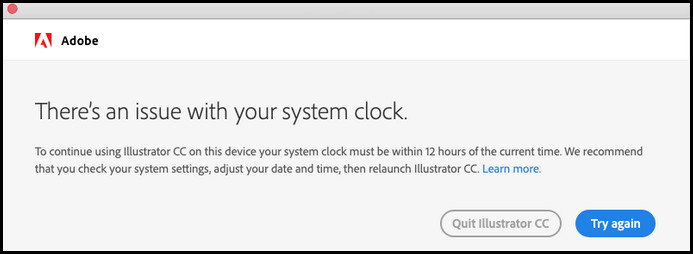 Some applications like Steam or Ubisoft connect will also prevent you from logging in for the issue.
Some applications like Steam or Ubisoft connect will also prevent you from logging in for the issue.
Most of the time, when I need to reset my BIOS, I forget to change my time after clearing the CMOS. Besides, after a clean Windows installation, I suffered the issue of the wrong date. But Steam or Ubisoft remind me to fix that. Now imagine the distress of doing this whenever you are hopping on the PC without CMOS.
As you learn the consequences of lacking a CMOS battery, aren’t you eager to know the symptoms of failing the battery?
Here are the indications that you are CMOS battery is dying:
- Random fails to boot into the OS.
- Fails to connect to the internet due to inaccurate time.
- CMOS checksum error.
- Frequent wrong date & time.
- Printers may stop functioning.
If you experience these signs, you should purchase a spare CMOS battery to avoid hassles. Otherwise, you will have to fix the CMOS battery failure.
FAQs
How can a CMOS battery go bad?
The CMOS battery is non-rechargeable, & longer periods without running the computer can drain out the battery quickly. The battery can die over time, similar to other batteries.
What will happen if the CMOS gets low?
When the CMOS battery is dying, the side effects are showing the wrong date, time, boot-up problem, apps not working, etc.
When to replace the CMOS battery?
The CMOS battery can last up to 10 years if the PC runs regularly. However, if the PC rarely runs, the chances of draining out the battery are high. In that case, you may require to change the battery frequently.
Final Thought
CMOS battery is responsible for storing RTC & BIOS settings. Though the PC boots up, your favorite overclock can’t apply without the battery, & you require doing that every time without the battery.
Without a proper boot sequence, your PC may not boot for multiple hard drives, but connecting the OS drive with the default SATA port resolves the issue.
In this article, I described the significance of CMOS battery. If you have further queries, leave a comment.

